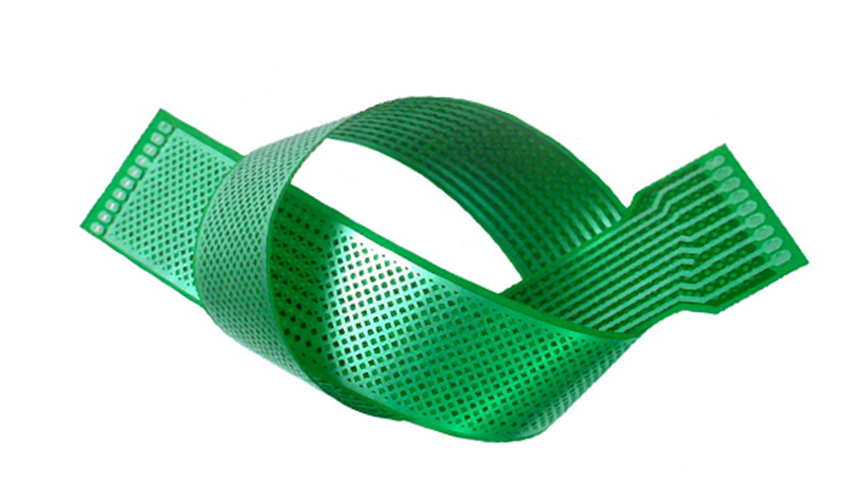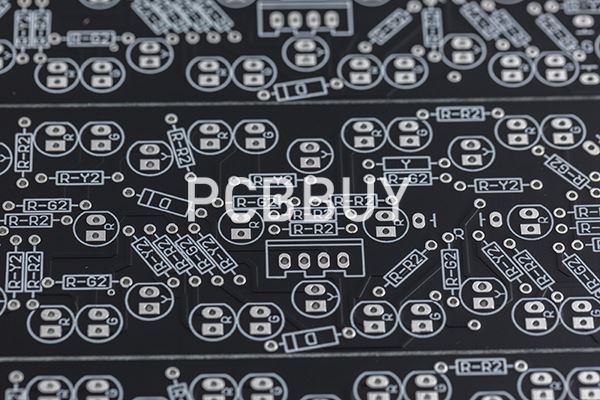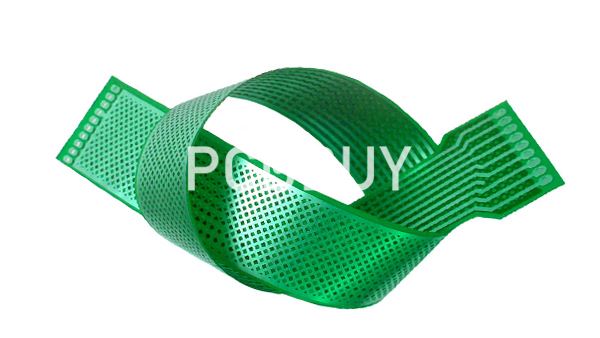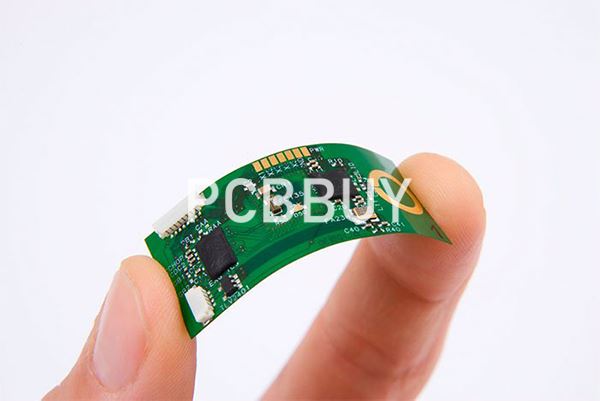How to Select PCB Substrate for Manufacturing Process?
By:PCBBUY 10/16/2023 17:27

Printed circuit boards undergo an intense design and manufacturing process to function as required. This process involves incredible amounts of engineering expertise to produce the final result, and each step has multiple steps that require meticulous adherence for the board to operate correctly. The PCB substrate materials used for manufacturing the circuit board are a perfect example of how many details factor into selection: they can vary according to the electrical performance, thermal conditions, and physical environment in which the board will operate. Here are some particulars about PCB material properties and how they can impact the manufacturing process of the circuit board.

PCB Substrate Materials Used for Circuit Board Fabrication
For most circuit boards, cost and performance are the main determiners of what raw materials to use for PCB fabrication. Circuit boards in critical environments like space flight or military applications typically use exotic and costly board materials for durability. Most other circuit boards use a glass-reinforced epoxy laminate substrate, with FR-4 being the most common grade.
FR-4 is a category of strong flame-retardant circuit board materials that are a good insulator for their cost. There are several composites of FR-4 options in the fabrication of circuit boards. Options vary according to the temperature required for the circuit board to operate. Manufacturers alter and fine-tune their fabrication and assembly processes to build PCBs with these diverse materials.
Drilling holes through the board is another area where the materials in use can affect PCB manufacturing. Depending on the fiber content used in the pre-preg and core materials of the board, there could be an impact on the minimum diameters of the drilled holes. As these materials use glass, kevlar, and carbon fibers in their makeup, some can be denser than others; the mechanical properties affect how long a drill can last and the smallest fabricable hole size. The fibers in some materials can be strong enough to push the drill tip out of alignment as it penetrates the board, which may compromise the integrity and connectivity of the hole. To compensate, manufacturers will use different tool types or sizes or switch to a different board material altogether.

Solder and Finishing Materials on a Printed Circuit Board
In addition to the raw board materials used in its fabrication, the circuit board will also require solder, finishing, and cleaning materials to complete its assembly:
Soldering: Different automated soldering processes are available for a circuit board depending on its design, and each process uses its unique mixture and solder temperature. These processes are solder reflow, wave soldering, and selective soldering. Additionally, the temperature of the solder, as well as the duration of the soldering process, will adjust for each board’s unique solder profile. The soldering profile accommodates how the components are connected and aligned on the board and will alter soldering temperatures and durations accordingly.

Metal finishes: Different finishes protect and enhance the solderability of the circuit board. Each of these requires different manufacturing processes and include:
Hot air solder leveling (HASL) is easier to work with and maintains consistency than other processes.
Electroless nickel immersion gold (ENIG) is more difficult to lay down uniformly consistently.
Immersion silver has a time limit on its application to seal before it can oxidize.
Cleaning: The solder types and operations used on the board will affect which cleaning processes are required to finish the job. In some cases, residue removal is imperative due to being conductive. Those are difficult to access and require more attention during cleaning.
Industry Category











